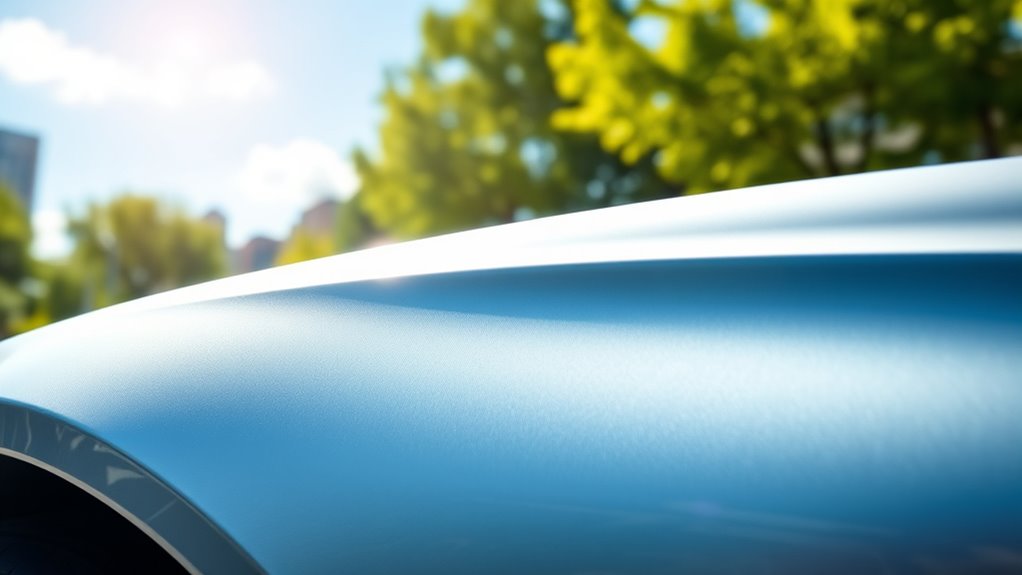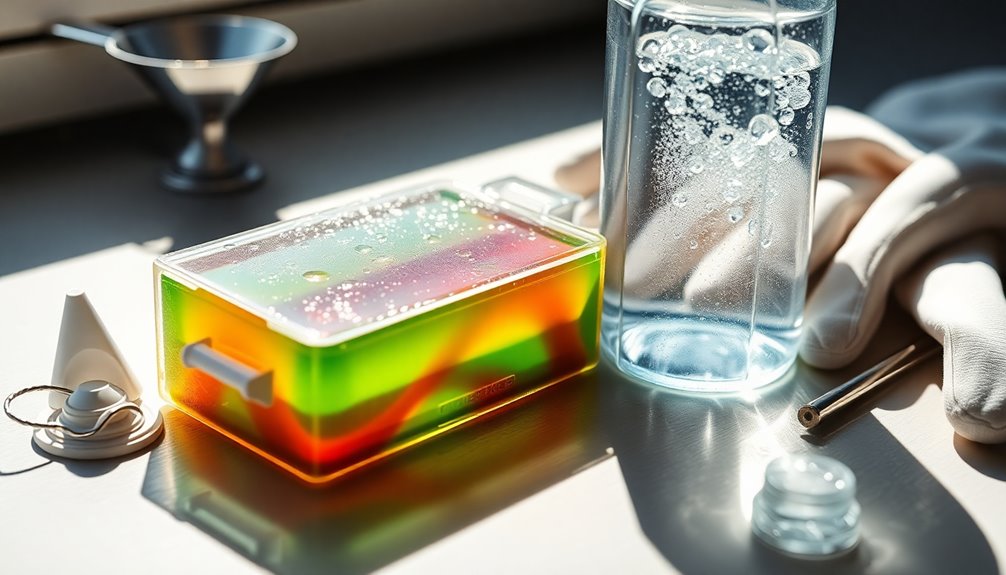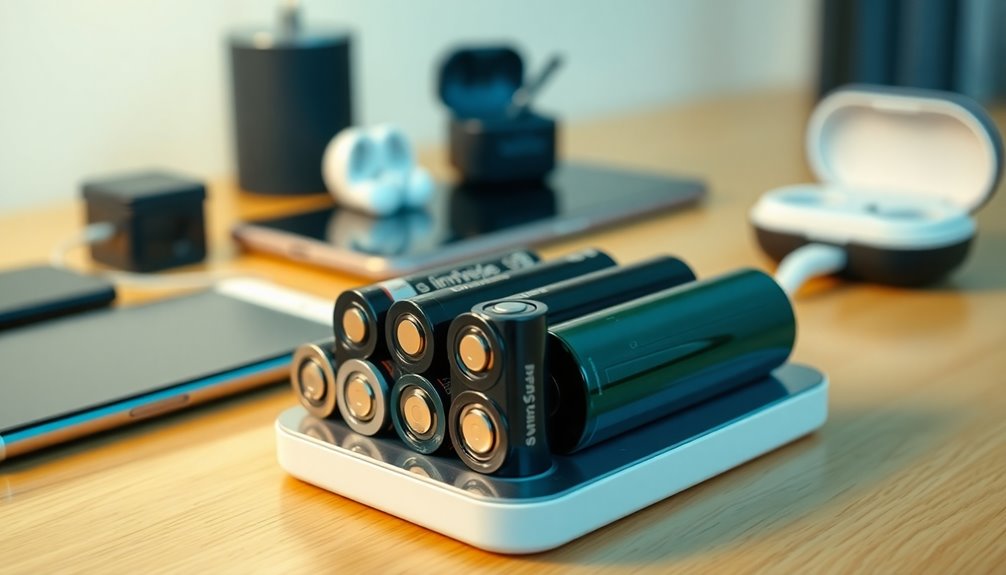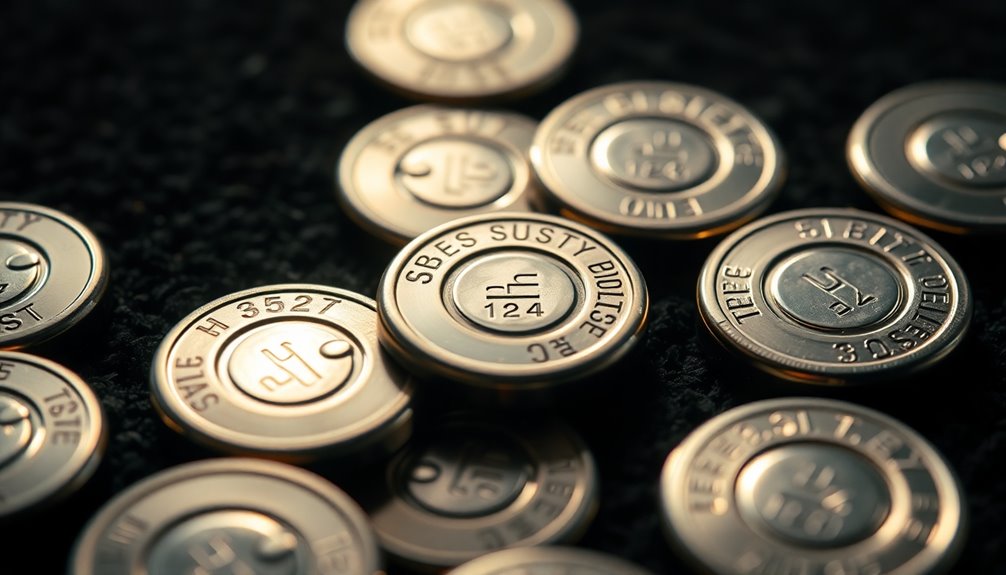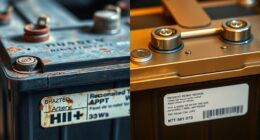Nickel-metal hydride batteries are still popular in hybrid vehicles because they’re durable, reliable, and can handle many charge cycles over years of use. They maintain their capacity well and perform consistently across different conditions, making them a safe, long-lasting choice. Plus, advances in manufacturing improve their effectiveness. While recycling poses some challenges, ongoing efforts aim to improve sustainability. Keep exploring to learn how these batteries continue to power eco-friendly vehicles efficiently.
Key Takeaways
- NiMH batteries offer proven durability and reliable performance in hybrid vehicles across various environmental conditions.
- They maintain capacity over many charge cycles, ensuring long-term efficiency and reducing replacement costs.
- NiMH technology is safer and less prone to overheating compared to some alternative batteries.
- Their established recycling processes, despite challenges, support sustainable end-of-life management.
- Continued advancements enhance their performance, making NiMH batteries a trusted choice for hybrid energy storage.
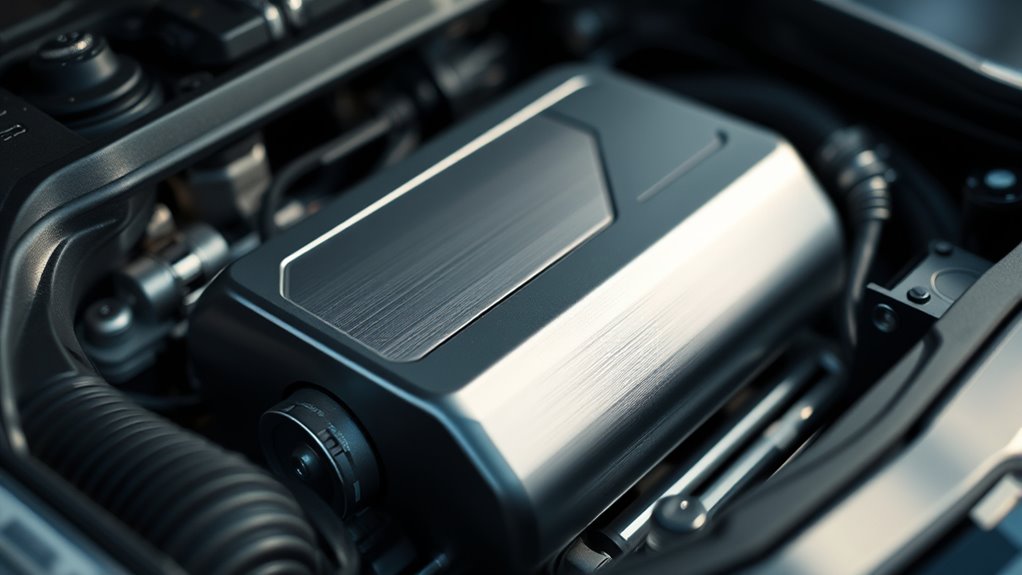
Nickel-metal hydride (NiMH) batteries are a popular rechargeable power source found in everything from hybrid vehicles to portable electronics. Their durability and reliability have made them a favorite among car manufacturers and consumers alike. One key reason why hybrids still favor NiMH batteries is their impressive battery longevity. Unlike some other rechargeable options, NiMH batteries tend to maintain their capacity over many charge cycles, providing consistent performance for years. This longevity means you won’t have to replace them as often, saving you money and reducing waste over time. Additionally, NiMH batteries are known for their robustness in various environmental conditions, which adds to their appeal in automotive applications where reliability is *paramount*. Moreover, advancements in color accuracy and high-quality manufacturing have further enhanced their performance in demanding applications.
However, despite their advantages, NiMH batteries do present recycling challenges that can’t be ignored. As these batteries reach the end of their service life, proper disposal and recycling become essential to prevent environmental harm. The recycling process for NiMH batteries is more complex than for some other types because they contain multiple valuable and potentially hazardous materials, including nickel and rare earth elements. Extracting these materials efficiently requires specialized facilities and processes, which are not always readily available or cost-effective. This challenge often results in a lower recycling rate compared to other batteries, raising concerns about environmental sustainability and resource conservation.
You might wonder why recycling remains such a hurdle. The answer lies in the composition of NiMH batteries, which makes disassembly and material recovery tricky. The batteries are constructed with various layers and components that need careful separation to reclaim usable materials. If not properly recycled, these batteries can leach toxins into the environment, posing health risks and contributing to resource depletion. That’s why ongoing efforts aim to improve recycling technologies and establish more widespread collection programs. As a consumer or manufacturer, you play a role by supporting responsible recycling practices and staying informed about local disposal options.
Despite these recycling challenges, NiMH batteries continue to be favored for their reliability, safety, and long-lasting performance. Their ability to withstand numerous charge cycles without significant capacity loss makes them ideal for hybrid vehicles, where consistent performance over thousands of miles is essential. As technology advances and recycling methods improve, the environmental impact of NiMH batteries should decrease, ensuring they remain a practical choice for sustainable energy storage. For now, understanding both their strengths and challenges helps you make smarter decisions about using and disposing of these batteries responsibly, ensuring their benefits outweigh their environmental costs.
Frequently Asked Questions
How Long Do Nimh Batteries Typically Last?
NiMH batteries typically last around 3 to 5 years, depending on your usage. Their battery capacity gradually decreases with each charging cycle, usually around 300 to 500 cycles before significant capacity loss. To extend their lifespan, avoid deep discharges and overcharging. Proper maintenance and moderate charging can help you get the most out of your NiMH batteries, keeping them reliable and efficient for years to come.
Are Nimh Batteries Environmentally Friendly?
You might wonder if NiMH batteries are eco-friendly. While they contain fewer toxic materials than some alternatives, their battery disposal can still pose environmental challenges if not handled properly. NiMH batteries are often made with eco-friendly materials, but recycling is essential to prevent pollution. Proper disposal and recycling help reduce environmental impact, making them a more sustainable choice for hybrid cars and other devices.
Can Nimh Batteries Be Recycled Easily?
You might wonder if NiMH batteries are easy to recycle. While they can be recycled, there are recycling challenges due to the need for specialized facilities and processes. These challenges can make eco-friendly disposal more difficult, but efforts are ongoing to improve recycling methods. Proper disposal helps reduce environmental impact, so always take used NiMH batteries to designated recycling centers to make sure they’re properly processed.
Do Nimh Batteries Suffer From Memory Effect?
Did you know that NiMH batteries are less prone to the memory effect than older nickel-cadmium ones? When you ask if they suffer from the memory effect, the answer is that it’s less of a problem, especially if you follow good charging practices. Properly discharging and recharging your NiMH batteries helps maintain their capacity, so you get the most out of them without worrying about memory effect issues.
How Do Nimh Batteries Compare to Lithium-Ion?
When comparing NiMH batteries to lithium-ion, you’ll find NiMH batteries have more charging cycles but lower energy density. Lithium-ion batteries store more energy in a smaller space, making them ideal for smartphones and laptops. However, NiMH batteries are more robust and environmentally friendly. You might prefer NiMH for durability and safety, while lithium-ion is better if you need higher capacity and longer runtimes.
Conclusion
So, if you’re seeking a solid, sustainable solution, nickel-metal hydride batteries remain a smart choice. They offer reliability, reusability, and a reputation for resilience. While newer tech evolves, hybrids happily harness the hearty, hardworking power of NiMH. Don’t dismiss these durable, dependable batteries — they deliver dependable drivability and demonstrate durability day after day. Stay savvy and select the steadfast, sustainable strength of nickel-metal hydride for your hybrid journey.

